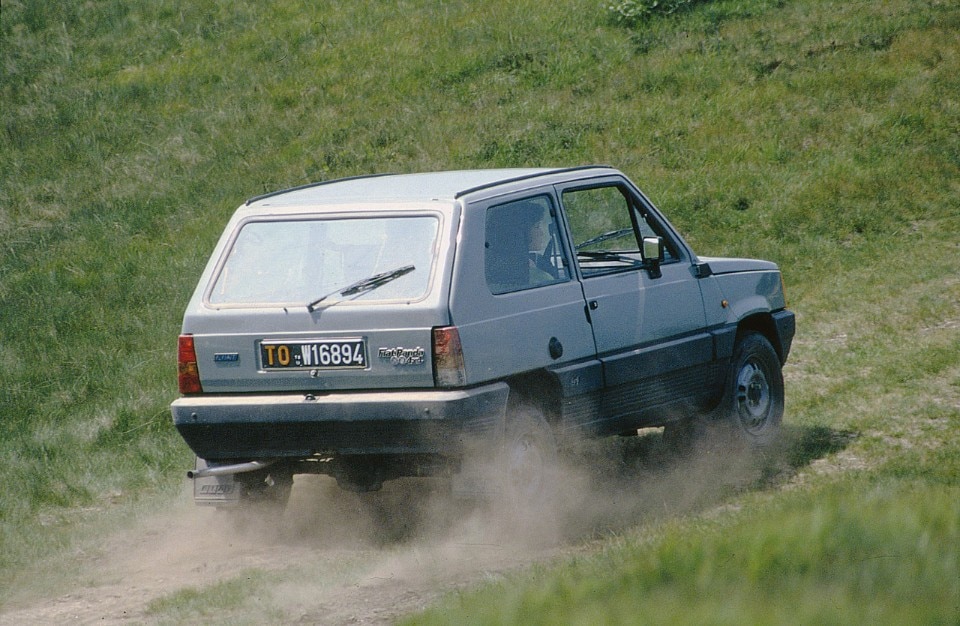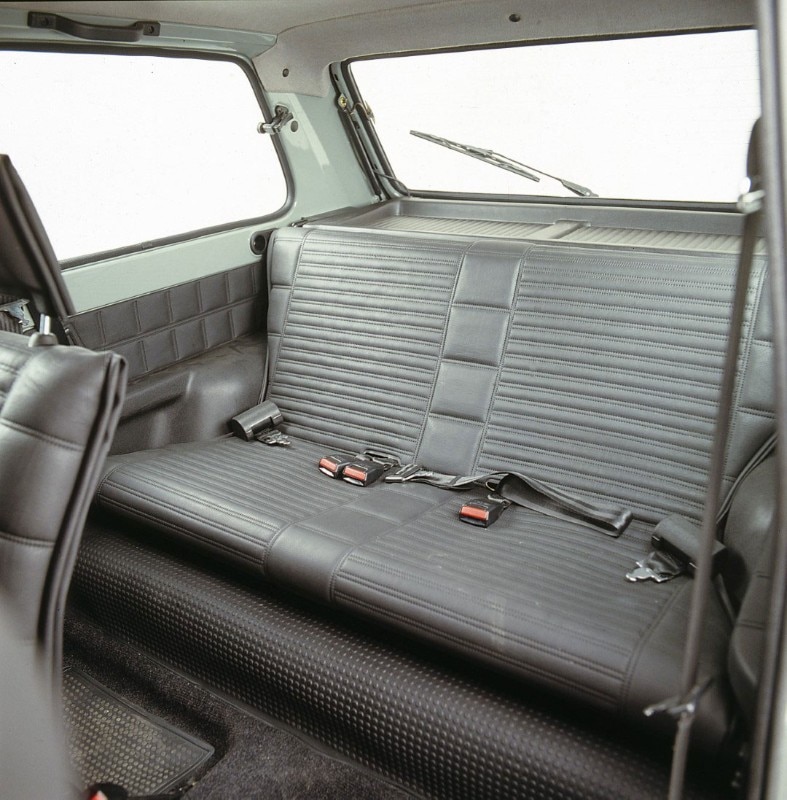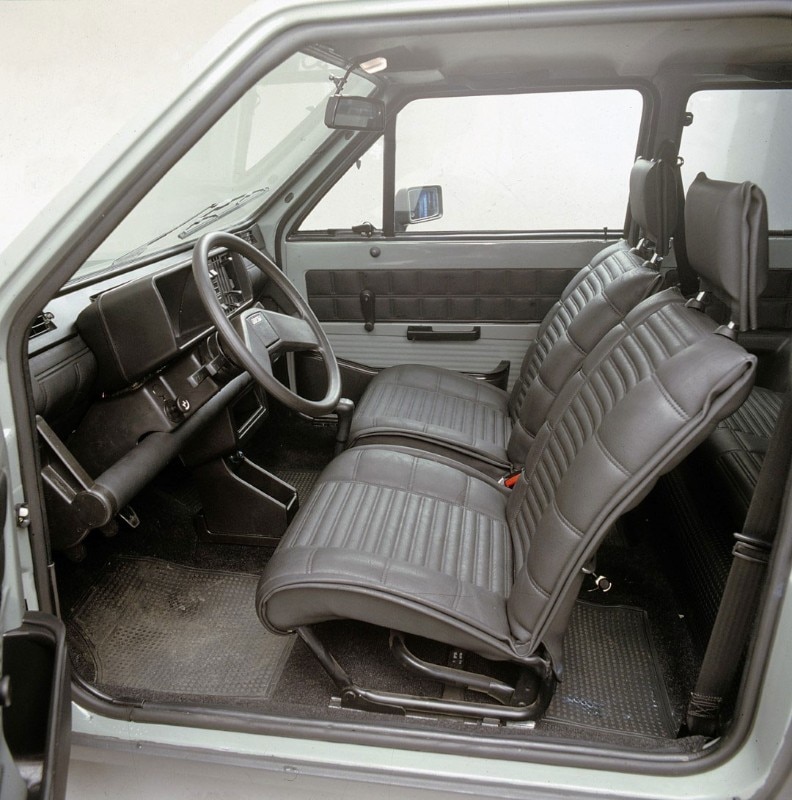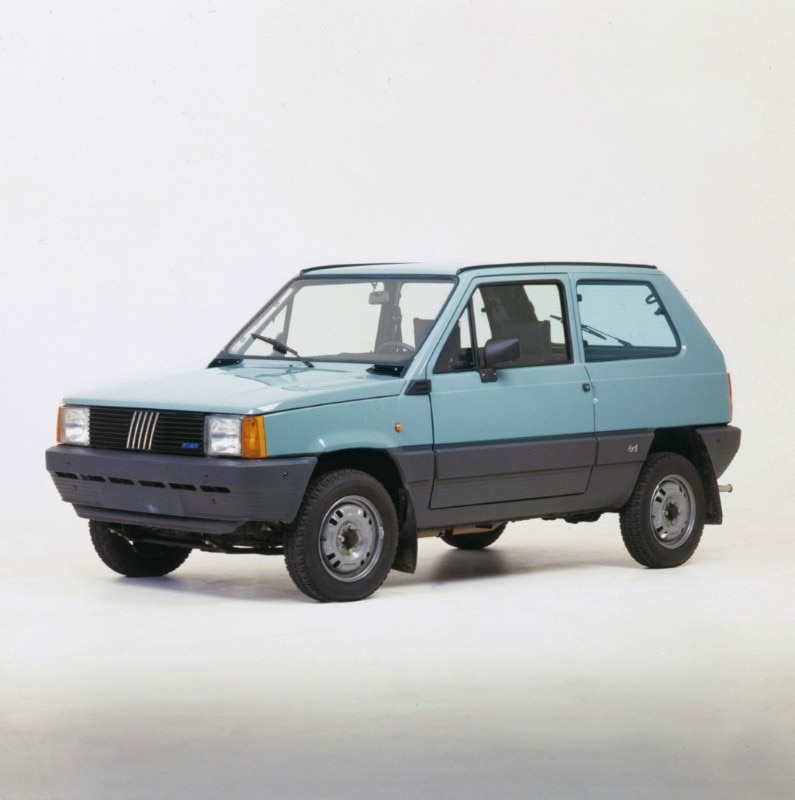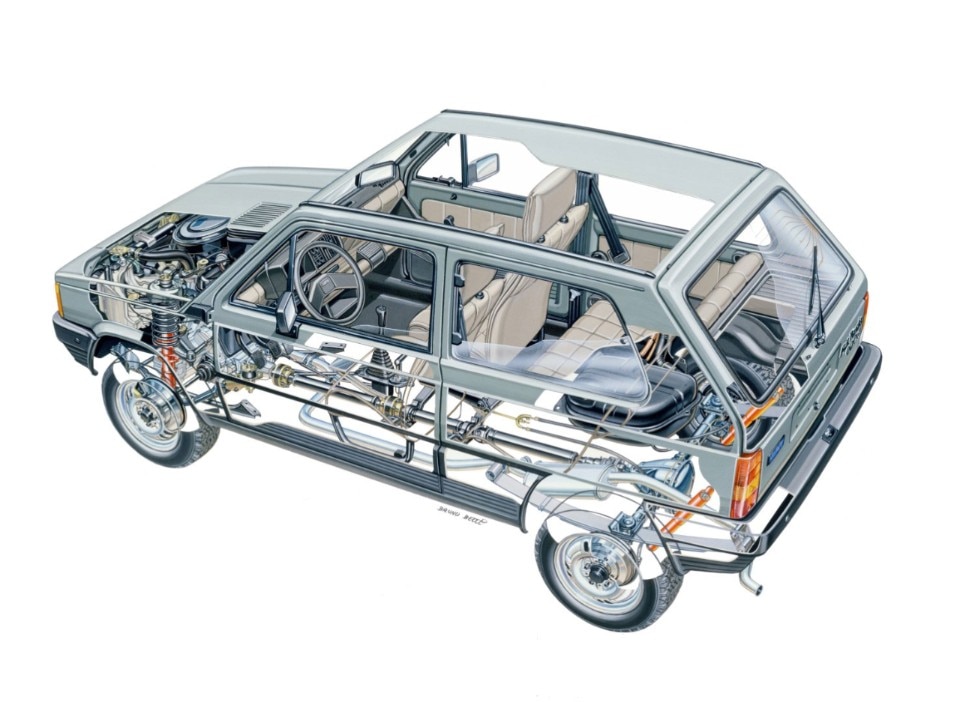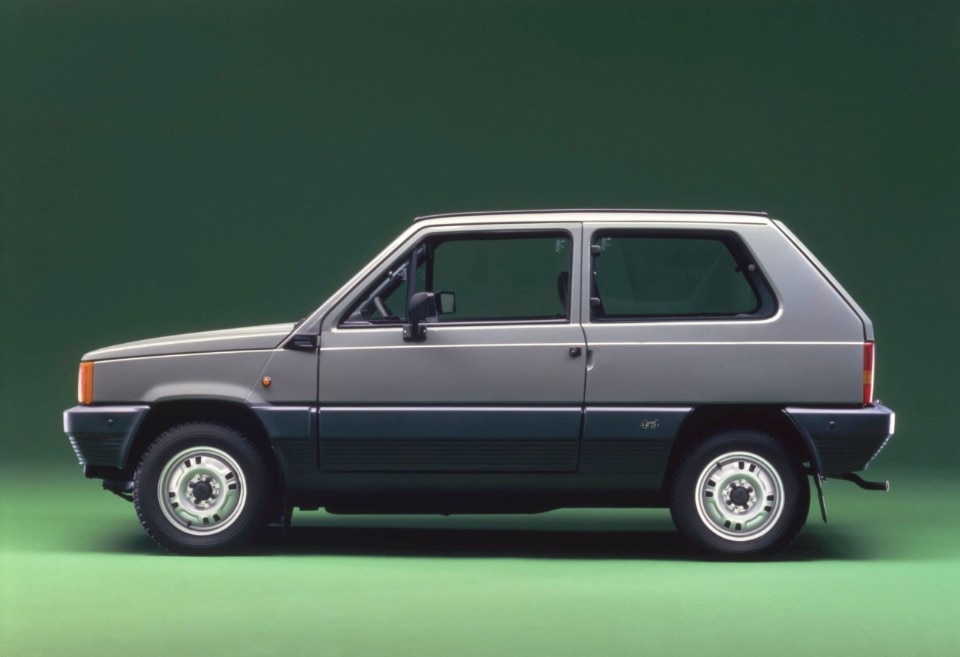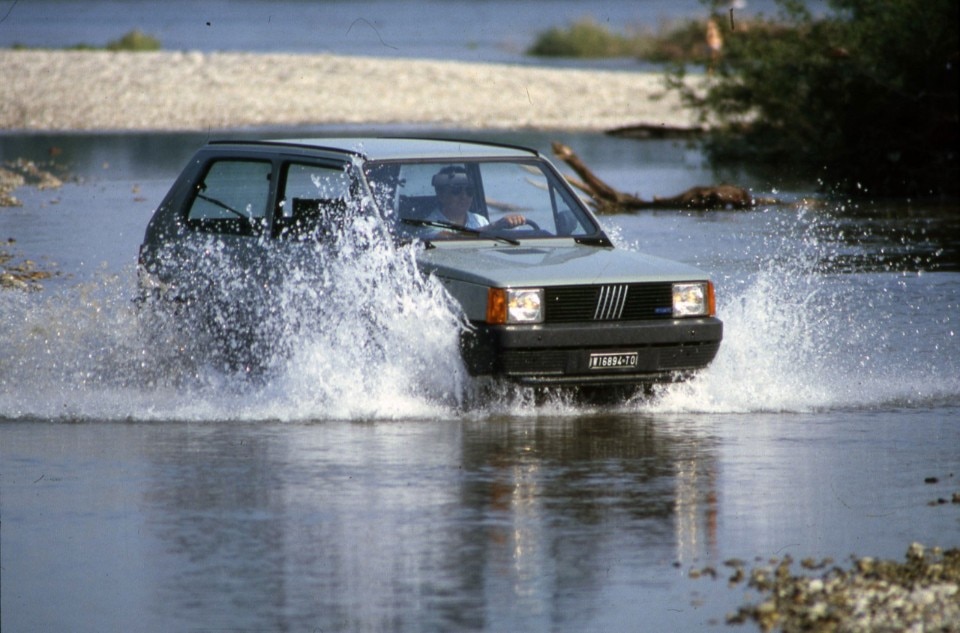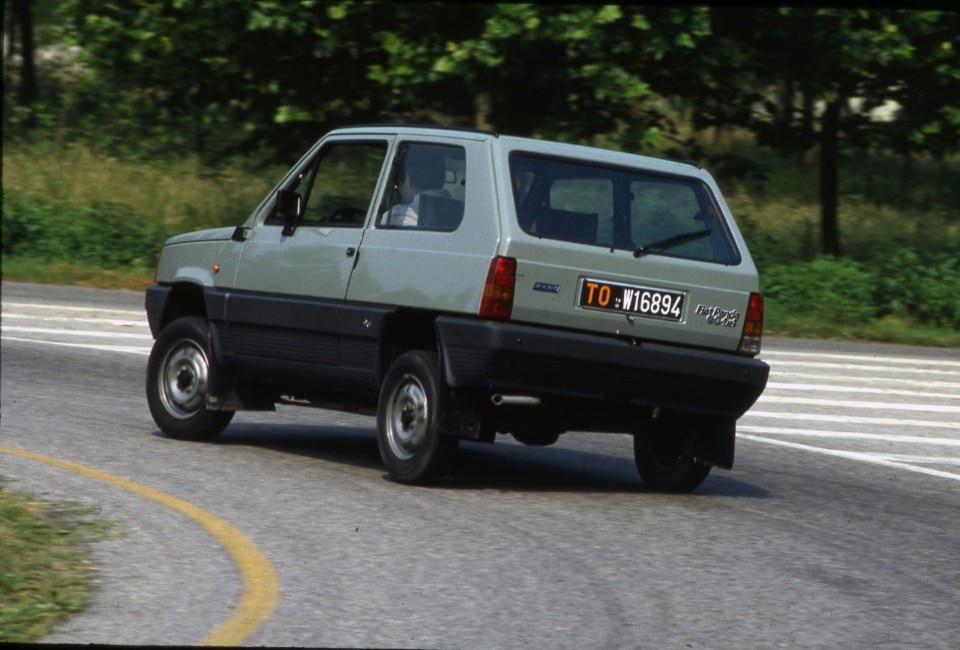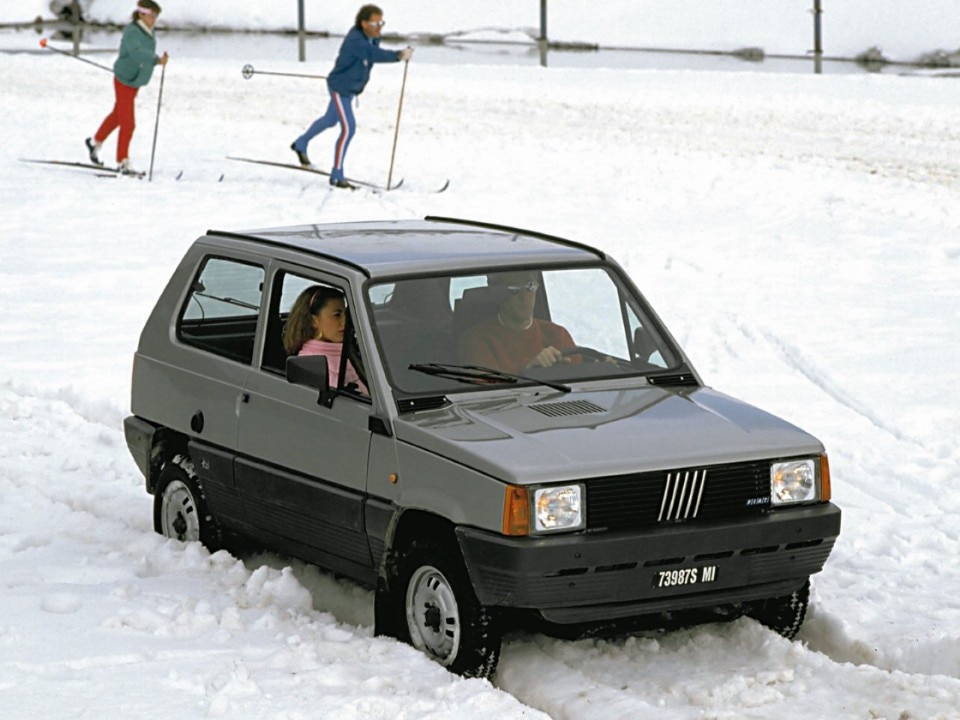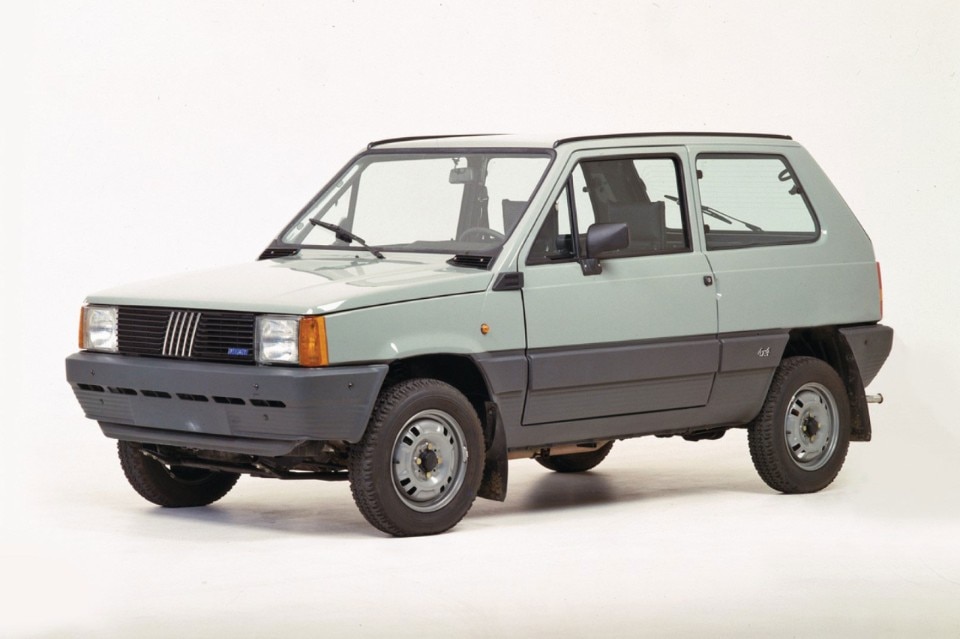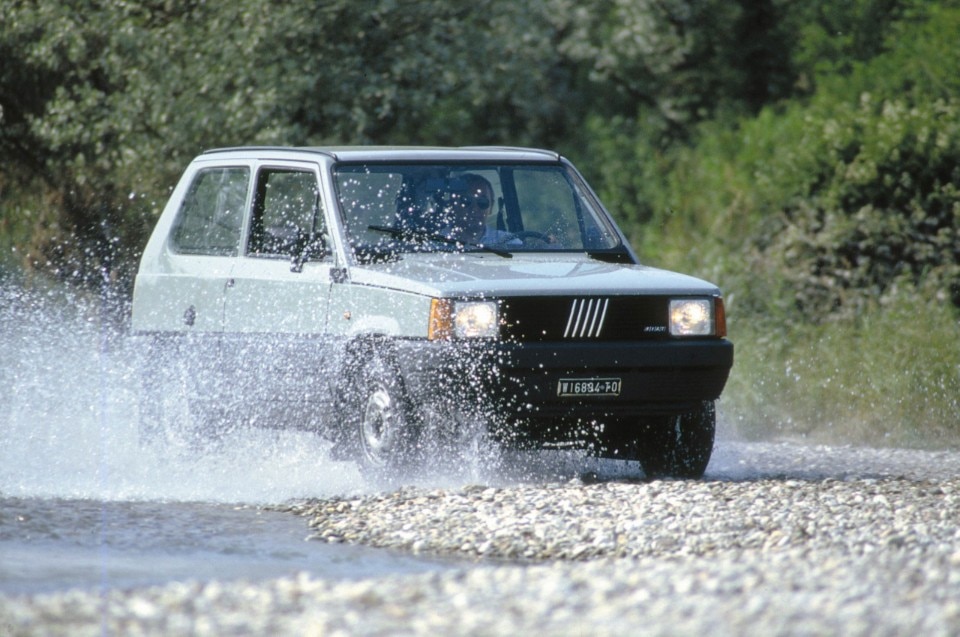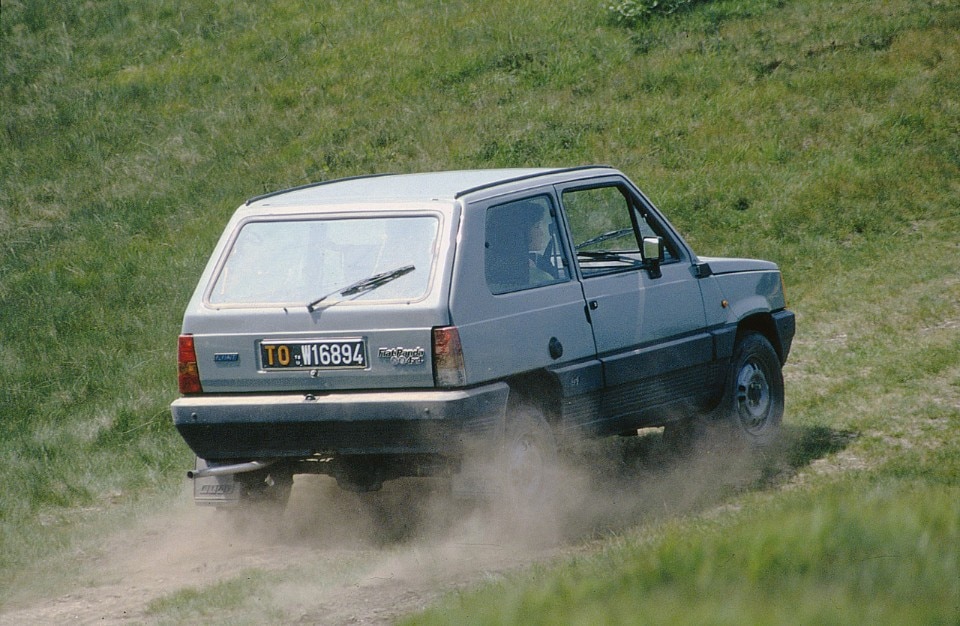Someone called it “fridge”, some others, with the same affection one feels for their silly cousin, called it “Pandino”. Others even showed their eternal love and gratitude by calling it “Pandina”. In the end, no one could remain unmoved by this car, which certainly did not stand out for its aesthetics, but at least proved that Italy could also be "mobile". And to think that the last special version was released just a few months ago, when Fiat Panda turned 40 years old.
.jpeg.img.png/1585832370460.png)
 View gallery
View gallery
To design it, Fiat put together an extraordinary team. First, Carlo De Benedetti, who at the time was the CEO of Fiat, decided to commission a utilitarian car. Then, the miracle was performed by Giorgetto Giugiaro's Italdesign and Rivoli-based Alfredo Stola - a famous automotive design house founded in 1919, which contributed to the creation of Lancia Lambda and Flavia Coupè, Alfa Romeo Spider and Ferrari 365 GT 2+2.
%20(Grande).jpg.foto.rmedium.jpg)
Picture it: it's the end of the 70s, the Panda hasn't been created yet but it already has its first nickname: frigorifero (fridge). This is what 12-year-old Fabrizio Giugiaro, Giorgetto's son, reveals, after seeing the sketches of the car on the kitchen table: "Dad called it a container or fridge, because of its square shape that provided great habitability". Behind the irony lies the greatness of this car: The Panda must look like a utilitarian, but offer greater volume, it must be cheap but reliable, it must be a city car, but take you on holidays at the beach. In short, it has to break with a past when ‘utilitarian car’ meant ‘small and uncomfortable’. And it manages to do it.
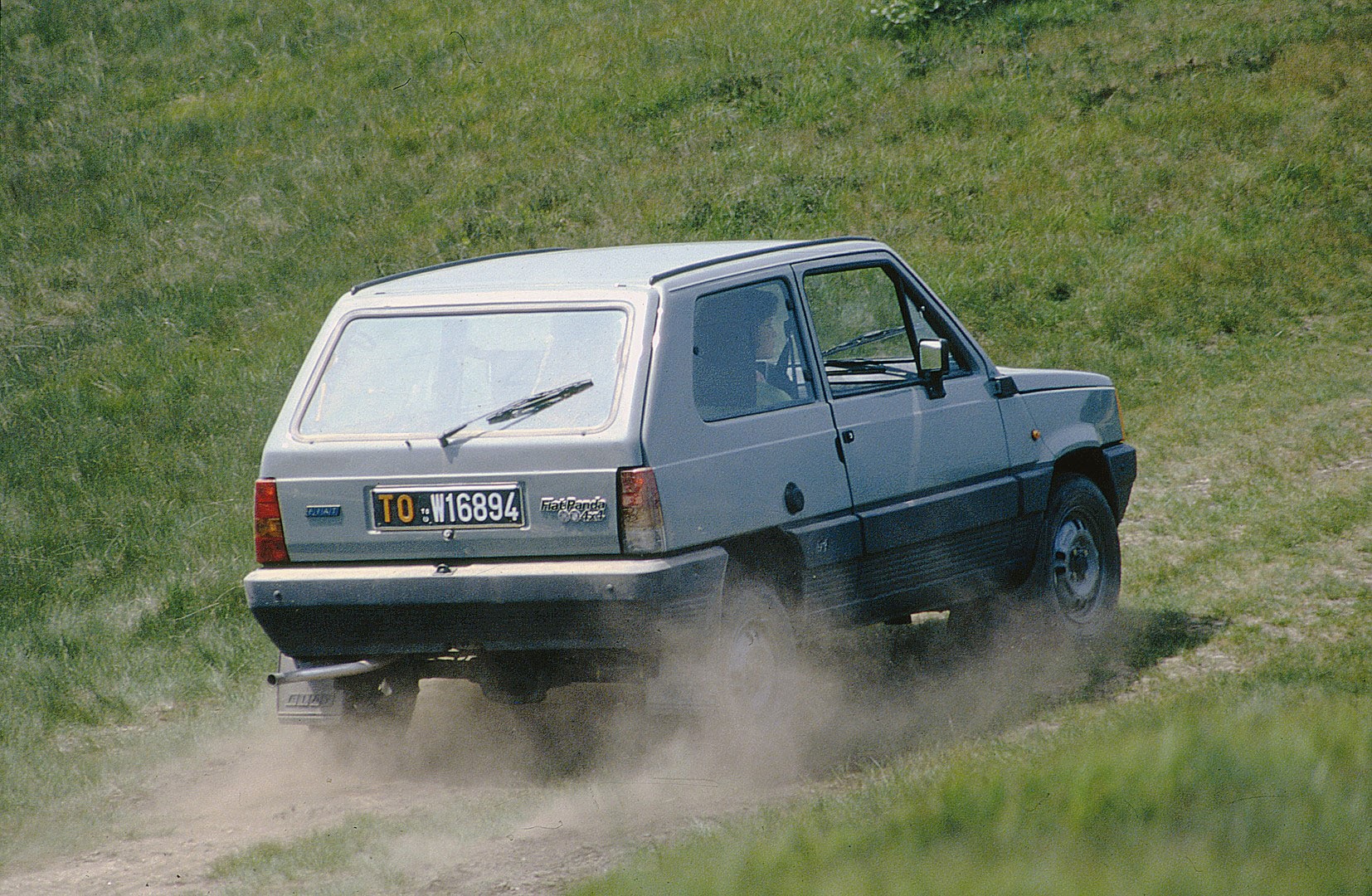
 View gallery
View gallery
Fiat Panda is rough. The door's hinges are visible, and all windows are flat. It has an open-plan dashboard that could store literally anything and hammock-style seats that can be converted to a double bed. It is very uncomfortable for long journeys but just fine for three people - and this is just what Italy needed in the 80s: Moving around. For more comfortable utilitarian cars, we'll have to wait another decade ("Then God created the Panda, but only for the city: for long journeys he created the Lancia Thema" wrote Italian comedian Giobbe Covatta in Parola di Giobbe in 1991).
%20(Grande)%20-%20Copia.jpg.foto.rmedium.jpg)
And yet, people seem to like this formula that promises to offer a lot for little money. It was first presented in 1980 in Rome and then at the Geneva Motorshow. Sadlyit did not manage to win Car of the Year in 1981 (Ford Escort Mark III was the winner) but it was awarded a Compasso d'Oro in Italy. Special versions were made for the Pope, and Gianni Agnelli showed off his 4x4 version in Cortina.
In 1982, over 500 thousand Panda models were produced and, two years later, they reached over one million units. Over the years there have been various redesigns: the engine was changed, the open roof version was presented, it became a convertible and many fashion brands such as Sisley and Sergio Tacchini presented their special versions. In 1983, the turning point: The Panda 4x4 was created and the utilitarian car spread in the cities: finally, we have a utilitarian car that can climb mountains, face small streams, survive unpaved roads.
%20(Grande).jpg.foto.rmedium.jpg)
Given its success, the Pandino also became a development platform for innovative solutions. Seen with today's eyes, it seems incredible that it was the first modern mass-produced electric car. The Elettra version was launched in 1990, and it had an autonomy of 70 km. In the same year, it was the first European utilitarian car with automatic transmission.
The story ends in 2003, and more precisely on September 5th, when the last 1100 i.e. Young in amaranth red was produced by the Mirafiori assembly plant. After twenty-three years of career and four and a half million units produced, the Pandino exits the scene. But not for long. In 2003 came the second series designed by Giuliano Biasio for Bertone and in 2012 the third, produced by Centro Stile Fiat, under the direction of Roberto Giolito. And like this, the city car became a city SUV.

 (Grande).jpg.foto.rmedium.jpg)
.jpeg.foto.rmedium.png)
.jpg.foto.rmedium.png)
.jpg.foto.rmedium.png)
.jpg.foto.rmedium.png)
.jpg.foto.rmedium.png)
.jpg.foto.rmedium.png)
.jpg.foto.rmedium.png)
.jpg.foto.rmedium.png)
.jpg.foto.rmedium.png)
.jpg.foto.rmedium.png)
.jpg.foto.rmedium.png)
.jpg.foto.rmedium.png)
.jpg.foto.rmedium.png)
.jpg.foto.rmedium.png)
.jpg.foto.rmedium.png)
.jpg.foto.rmedium.png)
.jpg.foto.rmedium.png)
.jpg.foto.rmedium.png)
.jpg.foto.rmedium.png)
